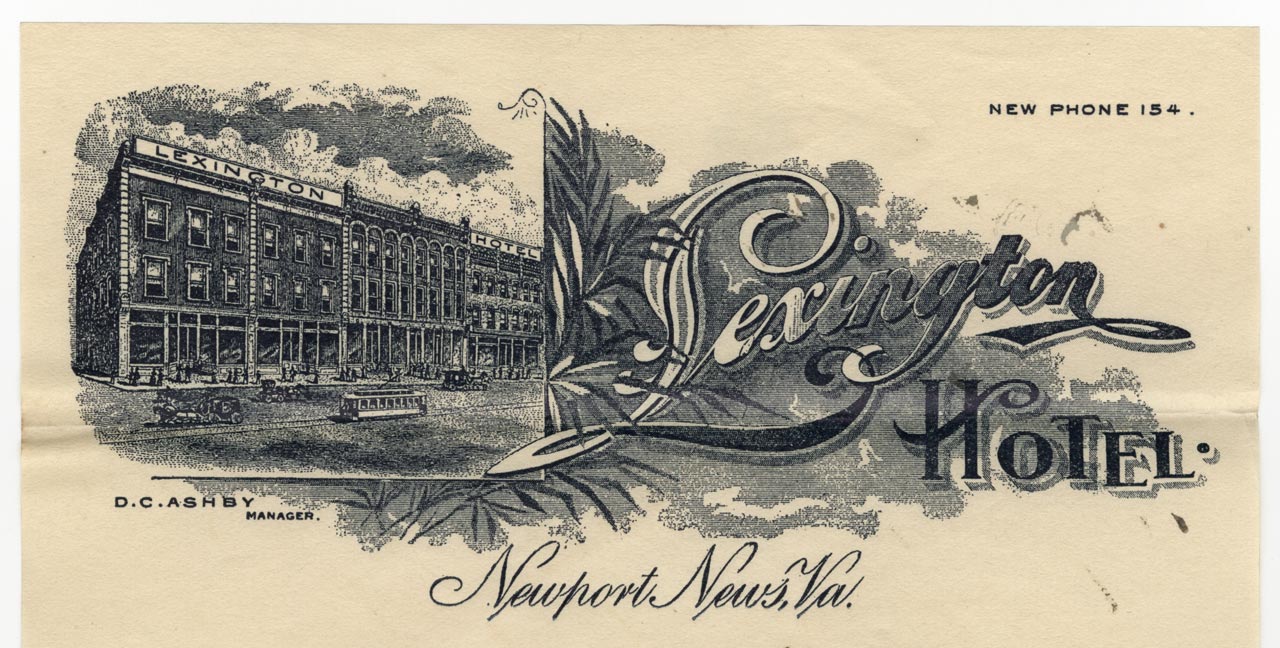Editor’s note: A second post featuring letterhead in the collection will go up in the near future. Thanks to Vincent Brooks, Sarah Nerney, Renee Savits, Jessie Graham, Mary Dean Carter, Catherine Obrion, and Dale Dulaney for contributing letterhead they found while processing.
Commercial stationery can offer a fascinating snapshot of a place or time. Scholars of this subject point out that the rich illustrations and elaborate printing of commercial letterheads, billheads, and envelopes correspond with the dramatic rise in industrialization in America. According to one expert, the period 1860 to 1920 represents the heyday of commercial stationery, when Americans could see their growing nation reflected in the artwork on their bills and correspondence. As commercial artists influenced the job printing profession, the illustrations became more detailed and creative.
Robert Biggert, an authority on commercial stationery, wrote an extensive study of letterhead design for the Ephemera Society of America entitled “Architectural Vignettes on Commercial Stationery” and donated his personal collection of stationery, now known as the Biggert Collection, to the Avery Architectural and Fine Arts Library at Columbia University.
The primary role of these illustrations at the time of their use was publicity. The images showed bustling factories, busy street corners, and sturdy bank buildings– all portraying ideas of solidity, activity, and progress. Other types of symbolism can be found in commercial stationery the most ubiquitous being “man’s best friend.” Dogs show up on all sorts of stationery, especially that of banks or other financial companies. Often seen is the illustration of the dog lying in front of a vault or safe, the “watch dog” meant to convey the idea of security. This becomes such a well-known image, that eventually only a dog’s head is needed on checks or envelopes to communicate this meaning.
Letterheads found in the various collections at The Library of Virginia, in addition to sometimes being entertaining, offer an excellent example of secondary research value, especially the stationery depicting buildings. These illustrations can often be the only visual representation of a structure now demolished and can be a great aid to architectural historians. Additionally, business historians and students of graphic design can find letterhead useful in their studies.
-Vincent Brooks, Senior Local Records Archivist
































So much fun. Keep them coming!
Joanne
Thanks Joanne. I can’t wait to put the next set online. There is one from the Planters Nut & Chocolate Company in Suffolk that is priceless!
Great selections! “Scratch up some business…” is my favorite so far.
Thanks Lisa. That was the first interesting letterhead find I made. It was in a collection of wills from Lunenburg County that I processed back in 2006. Glad to be able to share it.